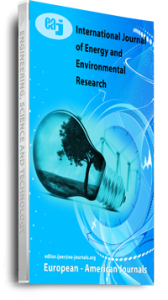The creation of a concentrated local microclimate within urban environments is regarded as crucial, as urbanisation precipitates increased heat stress in the hot and humid climates. Previously, the heat in Malacca city has been recorded, but not much attention has been paid to the cooling effect of city’s water bodies. Whereas the evaporative effect of water is seen as an alternative for mitigating the environmental ambient temperature. Rivers are a source of coolant for the microclimate of the surrounding area. Other researchers pointed out that evaporative cooling via water bodies or features represents the most efficient passive manner of cooling buildings or urban spaces. In order to determine the role of water body upon microclimates, a simulation programme, Envi-met, was used. The utilization of the software is intended to analyse the temperature distribution of a common urban layout with and without water and with greenery. Our literature review suggests that vegetation and water bodies can be effective ways of reducing urban temperatures by 0.5 to 4.0°C. Based on the findings, it can be concluded that the increase of evapotranspiration in cities, derived from vegetation and water body, can effectively mitigate the effect of urban heat islands.
Keywords: Cooling Effect, Envi-Met Simulation, Greenery, Water Body

